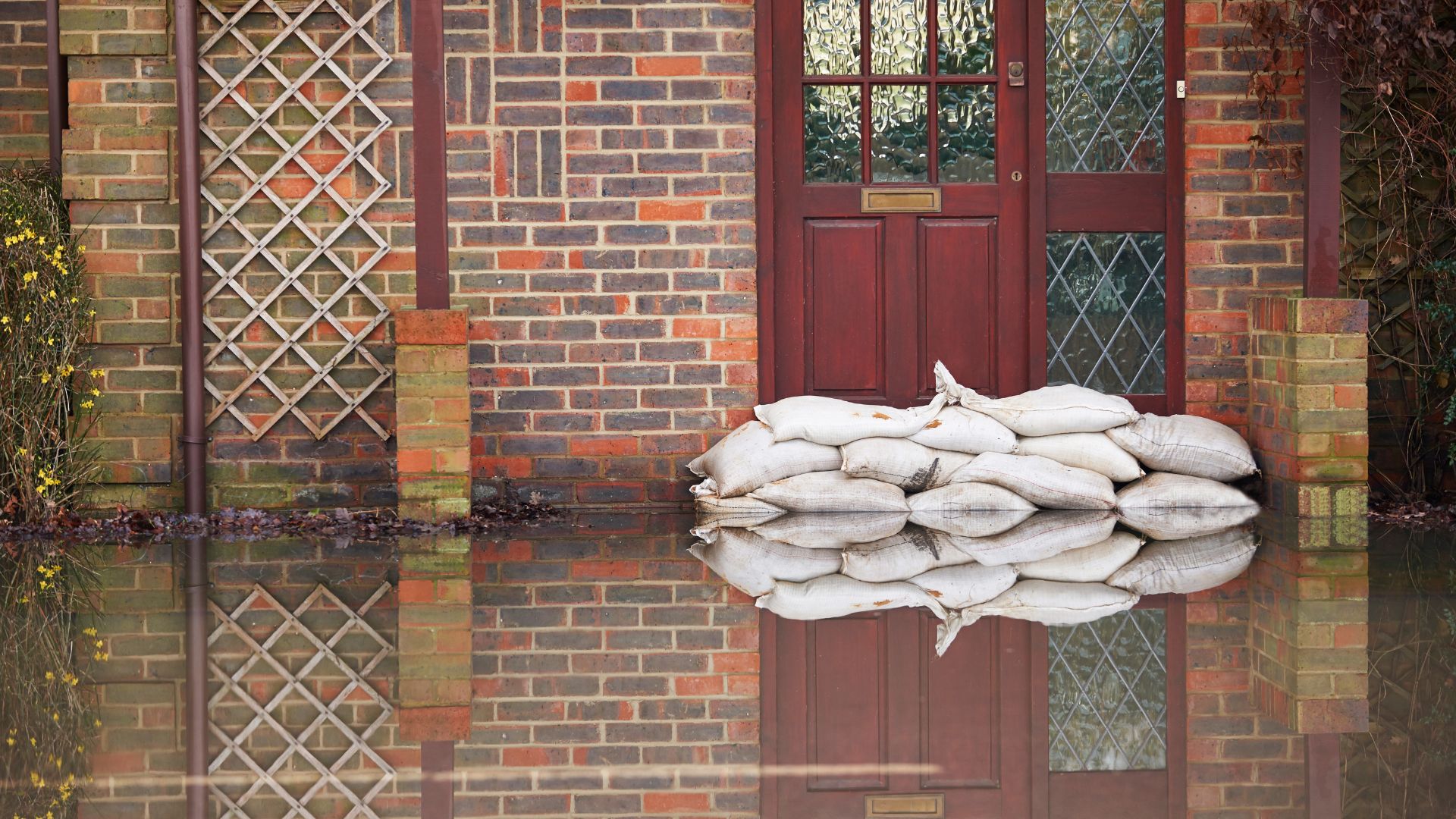In St. Louis, MO, unforeseen water damage can strike your home when you least expect it. Century Restoration and Construction is committed to helping you navigate that challenging situation. Here’s an essential checklist to follow for efficient emergency water removal.
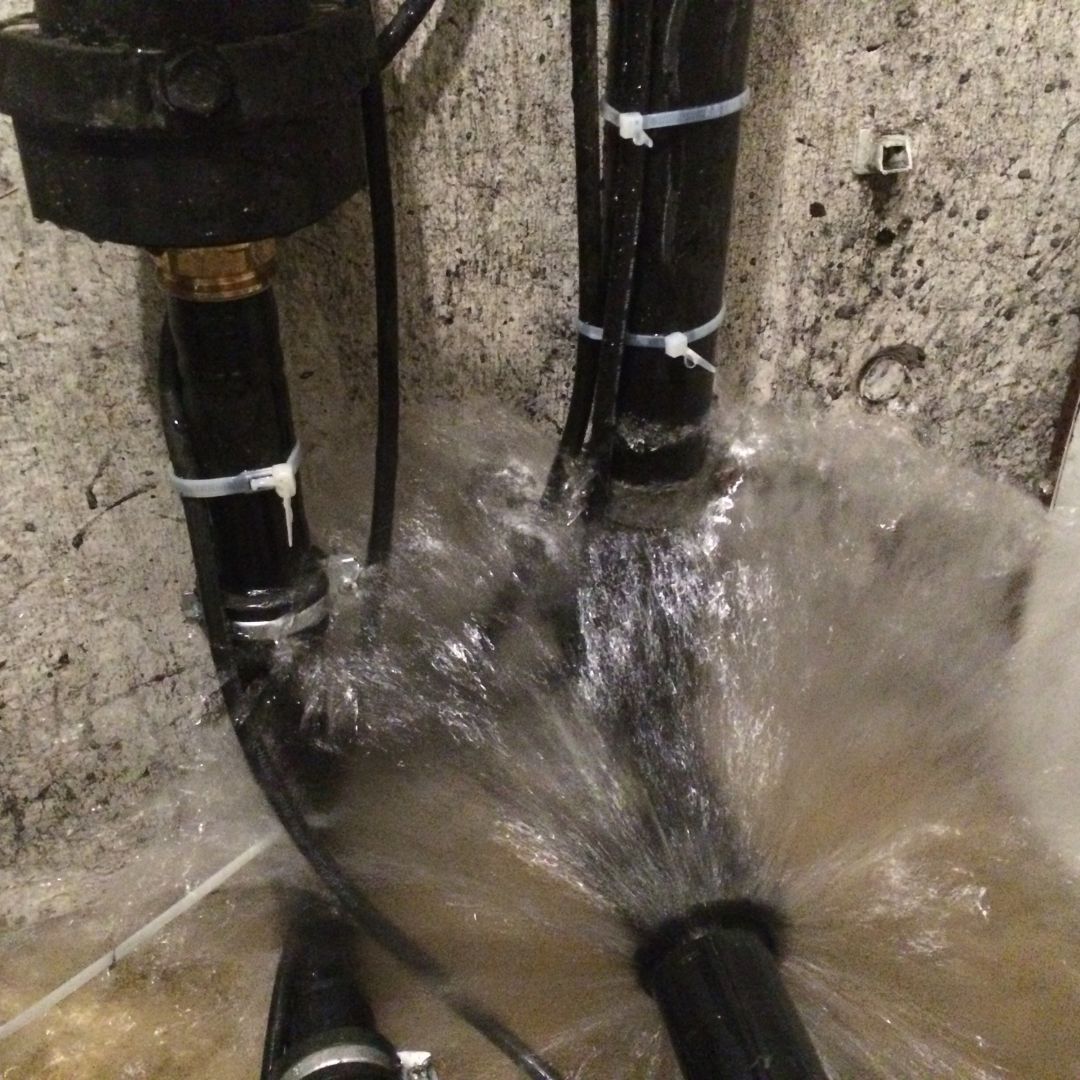
Identify the Source of Water
The first step is to identify where the water is coming from. Is it a broken pipe, a leaky roof, or flooded appliances? Understanding the source will help you address the problem more effectively. If it’s safe to do so, shut off the water supply to prevent further damage.
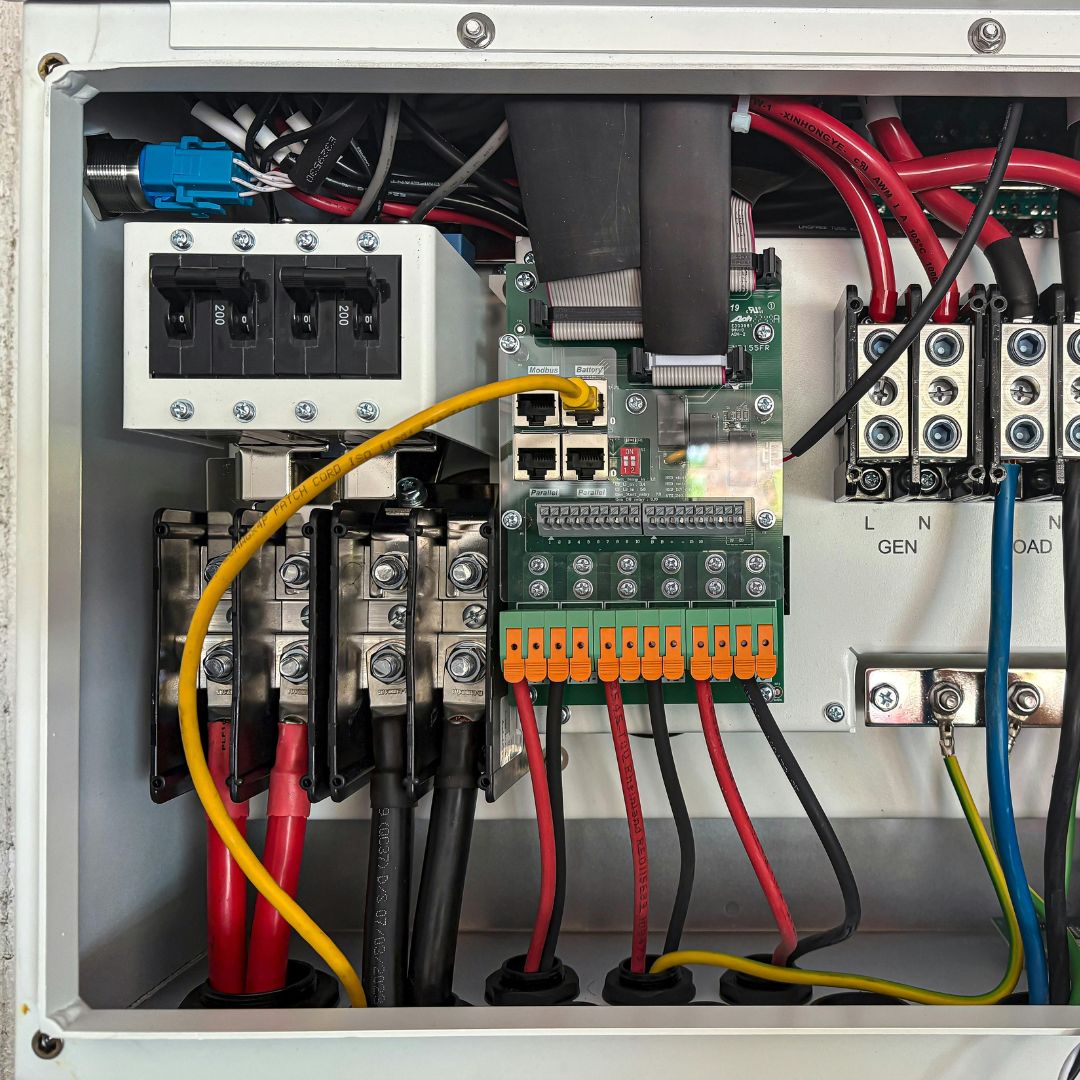
Ensure Your Safety
Safety should always be your top priority. Before entering the flooded area, assess the situation for electrical hazards or structural instability. If necessary, turn off the electricity in the affected areas to prevent electrocution. Wear protective gear, such as boots and gloves, to avoid contact with contaminated water.
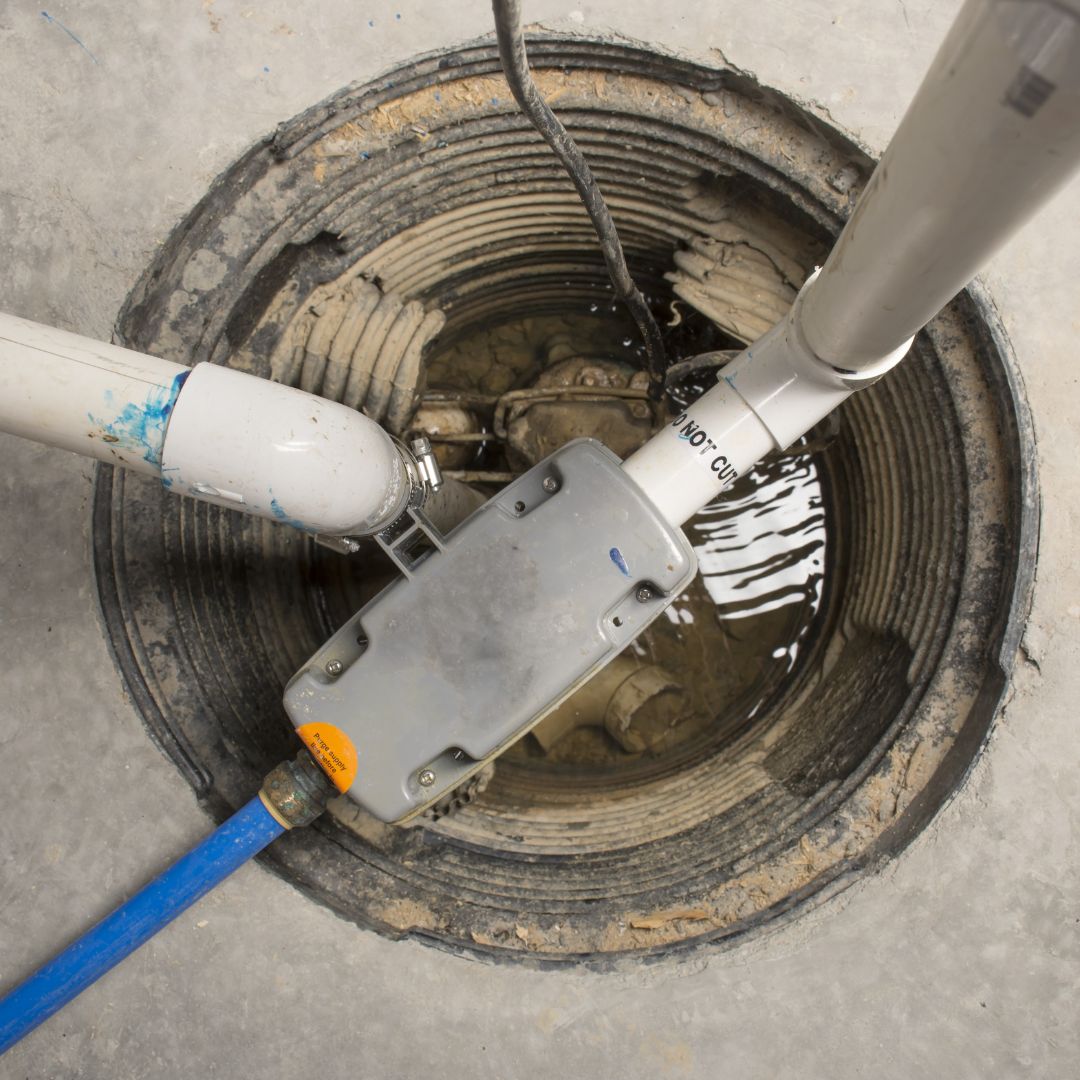
Remove Standing Water
Once it is safe, start removing any standing water. Use a wet/dry vacuum or a sump pump if available. If the water is more than a few inches deep, it might be best to contact water restoration professionals for swift removal. Act quickly to minimize damage and prevent mold growth.
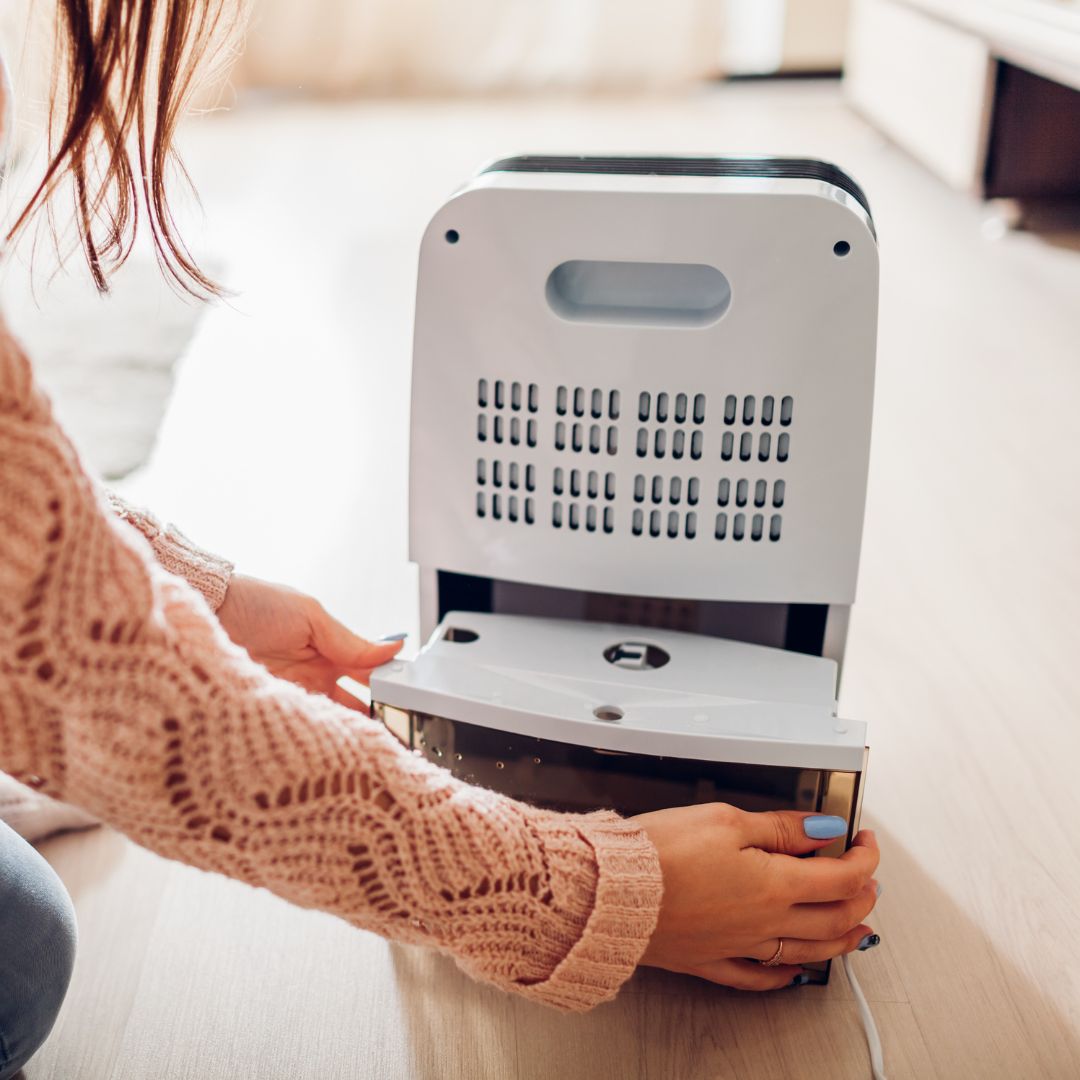
Dry and Dehumidify
After the bulk of the water is removed, focus on drying out the area. Open windows and doors to improve airflow, and use fans and dehumidifiers to reduce moisture levels. Be sure to remove wet carpets and furnishings, as they can harbor mold.
Contact Our Water Restoration Experts
Water damage needs immediate attention to prevent long-term issues. Follow this emergency water removal checklist to safeguard your home effectively. If you find yourself overwhelmed or unsure, Century Restoration and Construction is just a call away. Our experienced team is ready to provide professional emergency water removal services and restore your property.
